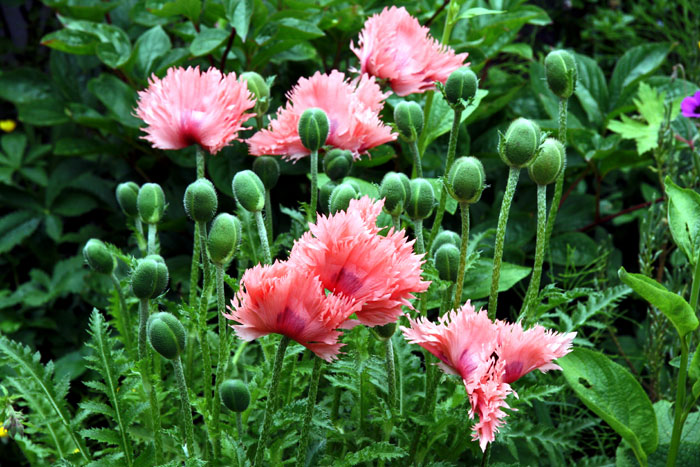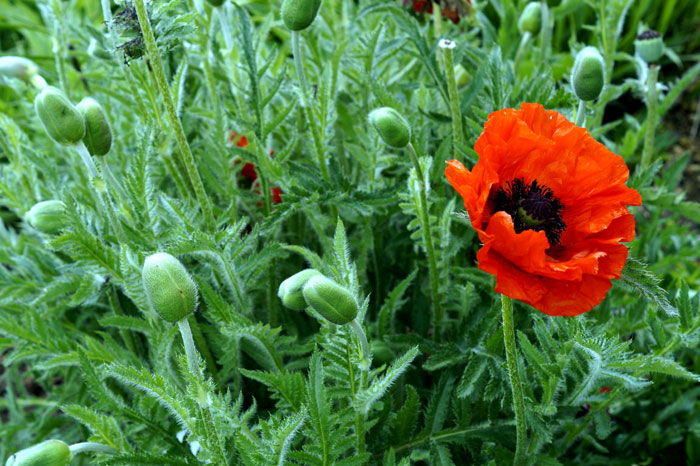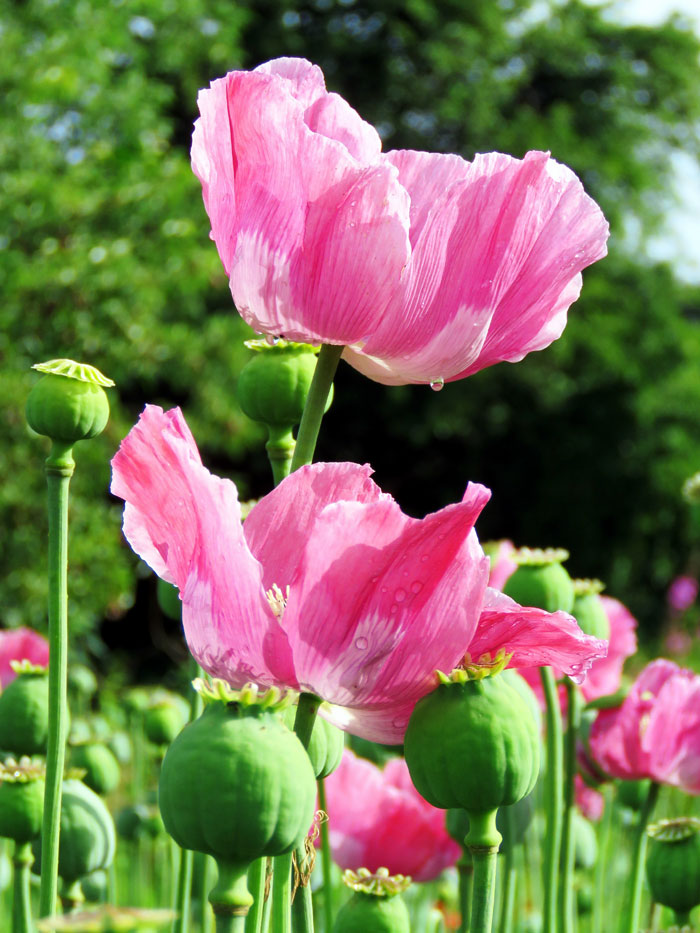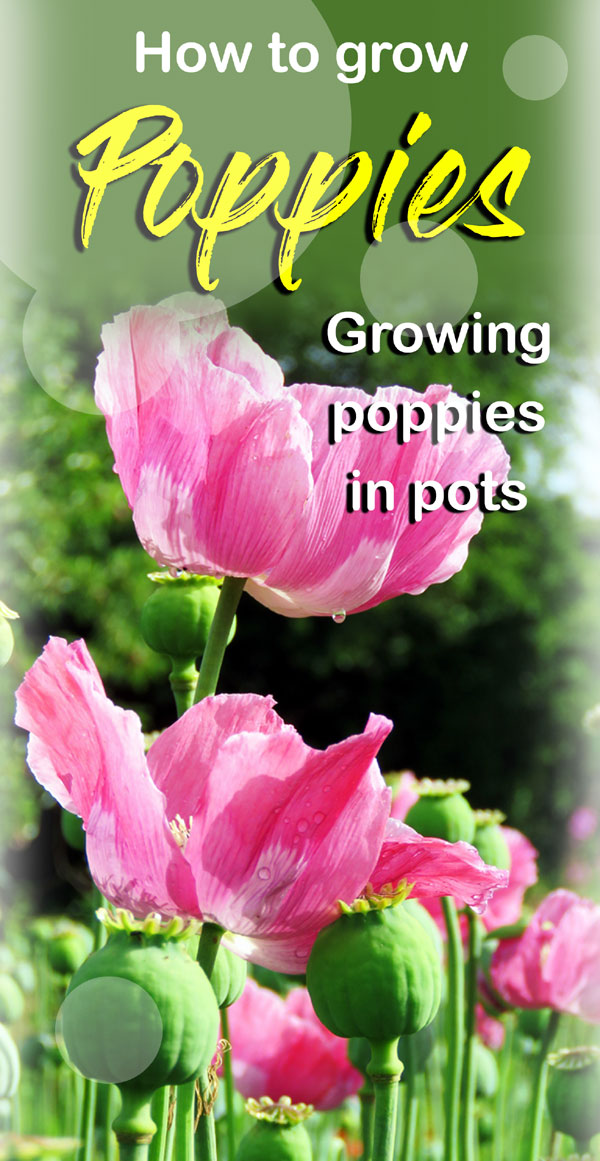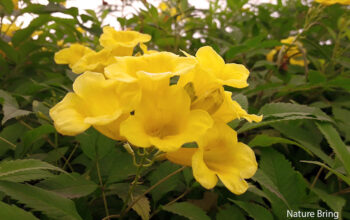Growing Poppies
Poppies flower is beautiful, attractive, and vibrant border plants of your Garden, which can give a high performance. This plant has different importance in the world according to culture and religion. They also have their influence due to the medicinal properties. Learn How to Grow Poppies, Growing Poppies in pots, Papaver care, pests, and diseases of poppy plant advice by our experts.
More than 100 species of the poppies’ family are annual, biennial, and perennial. Opium poppy, corn poppy, oriental poppy are famous among the known subspecies of this plant.
Poppies are easy to grow from seed, allowing you to create a charm by adding striking colors to your Garden. The gaps are suitable to be filled or placed in the border. Once planted, they self-grow on their own time.
Overview of Poppy plant (Papaver )
Scientific name Papaver somniferum
Common name Poppy
Plant type Flowering plant
Sun requires Full Sun to Partial shade
Blooming time Late spring and early summer
Flower colors Red, Yellow, Orange, Purple, and Pink
Soil Well-drained, Rich fertile, acidic soil
Soil pH 6.5 – 7.5
Zone 3-9
How to Grow Poppies
Soil and Location
Poppies tend to prefer loose and well-drained soil. Excellent drainage required in the ground for the best results. For this, enrich your garden soil with a little sand and well-rotted manure to improve. Prepare the bed well with a fork a few weeks before planting.
Poppies flower plants prefer full sun or partial shade area. Generally, at least six hours of sunlight a day is required to perform well. If you live in a hot climate, preserve it to avoid the heat of the afternoon.
Propagation
In the spring or autumn, Poppies flower can directly sow in your garden. If you want to plant early, March and May are the appropriate planting time, but you should wait until summer for a good show. You will get plenty of flowers in the season when sown between the end of August and October. Start perennial poppies seeds in early spring. Annual varieties in zones 3 to 4 from the same time, and if you live in zones 8 to 10, you can sow it directly in the fall.
Watering
Perennial poppies water about 1 inch deep once every week during the summer and fall seasons. This water is sufficient to keep the soil moist about 6 inches. Place a 1-inch thick mulch layer around the plants to protect moisture and protect from weeds.
Fertilizer
Balanced fertilizer 10-10-10 in the first year spring and midsummer to give your poppies flower plant. It will provide the plant equal amounts of nitrogen, phosphorus, and potassium. Read and apply the recommended rate on the package before giving fertilizer plants. This plant usually requires fertilizer in the first year itself, which makes it established.
How to grow Poppies from seeds
- The seeds of poppies you can sow directly in your garden bed, it will grow well.
- Dig and loosen your garden soil about 4 inches deep. Add fertilizer to the ground for the necessary amendment in the growing soil; it will develop nutrients in your plant.
- To prevent over-seeding, divide the sand into two parts and mix poppies seeds in one section. Now sprinkle this mixture evenly over the prepared Garden. Make the same distance of about one seed per square inch.
- Cover the seeds with a thin layer of light, loose soil. Keep in mind, and poppies require light to germinate.
- After planting the seed, mist the bed regularly with water, so that the moisture required in the soil remains.
- If the soil temperature is 12-15 ° C, then these plants germinate within about 15 days.
- Thin the germination, so that the remaining plants grow from 6 to 10 inches apart by 1 inch in height.
How to poppies in pots
- You can easily plant flowers in pots, for this you need fertile soil and the right shape of the container. Just give your container proper lighting and water. There are many varieties available; you can choose according to different colors and sizes.
- To grow poppy plants, choose a medium size (12-15 inch diameter) container. Check the drainage holes before filling the soil in the pots.
- You can use fertile loam soil for your plants. Make amends by adding manure to your potting soil. Fill the container with this mixture and leave about 1 inch of space above the ring.
- Sow the seeds of poppy plants directly above the soil. After planting the seeds, gently water the seeds and keep the pot in a light spot. Keep the moisture in the ground until it germinates.
- When the plant becomes slightly mature after germination, spread it thinly, about 4-6 inches apart.
- Now place your container in a place where it receives full sun 6-8 hours per day. In high heat, areas shelter it in the afternoon.
Some of poppies varieties
You can choose annual, biennial, and perennial poppies flowers depending on the type and colors.
1.Flanders or field poppies
Field poppies are the easiest to grow, an annual variety that bees prefer. It is an ideal flower for gardeners.
2.California poppies
These are thriving best in California populations USDA zones 9–11. They are also easy to care for and perform well in infertile soil.
3.Oriental poppies
Oriental poppies are long-term plants; these biennial and perennial poppies bring unique colors to the Garden or border.
4.Opium poppy
The opium poppy is an excellent option to use in culinary. People in food use their seeds. Seeds are used in bread and cakes to add extra flavor and crunch. But note that not every opium poppy seed is edible. Do not consume any other part of poppies; it can be poisonous.
Poppies care
- Immediately separate deadheads and faded flowers. It encourages more bloom.
- Water your plant well during dry spells, but do not overwater.
- These are self-seeded plants so that the withered flowers separated before drying to avoid unwanted spread.
- To collect the seeds, harvest the pods, and keep them in a dry place. After the beans turn brown and opening, collect them in a jar. Dry it thoroughly before storing it in a jar.
Pests and disease
If you grow your poppies in sunny conditions, then they are almost trouble-free. In case of heavy rains and strong stormy winds, they can damage, take them to a shelter. They are free from pests or diseases, but due to moisture and lack of light, powdery mildew can affect the plant. Due to this fungal disease, there is a white powder-like layer on the leaves and stems in spring or summer. In case of excess, the plant should cut from the ground level, and to prevent the disease in the soil, remove the affected leaves.
Read also: Coriander Growing and care in containers. Plumeria growing and caring guide. 8 Best Frugal Gardening tips. 9 Easy growing Herb for your garden. Best flowers for Bees and Butterfly. Bleeding hearts flowers growing tips. Kiwi fruit Growing in containers. Pears tree growing guide. Celery growing in containers. Anthurium plant Growing indoors. How to grow nerve plants. Surprising using Borax in the Garden. Lupine growing and caring tips. 10 ways to control Slugs naturally.
Happy gardening
For pin:

